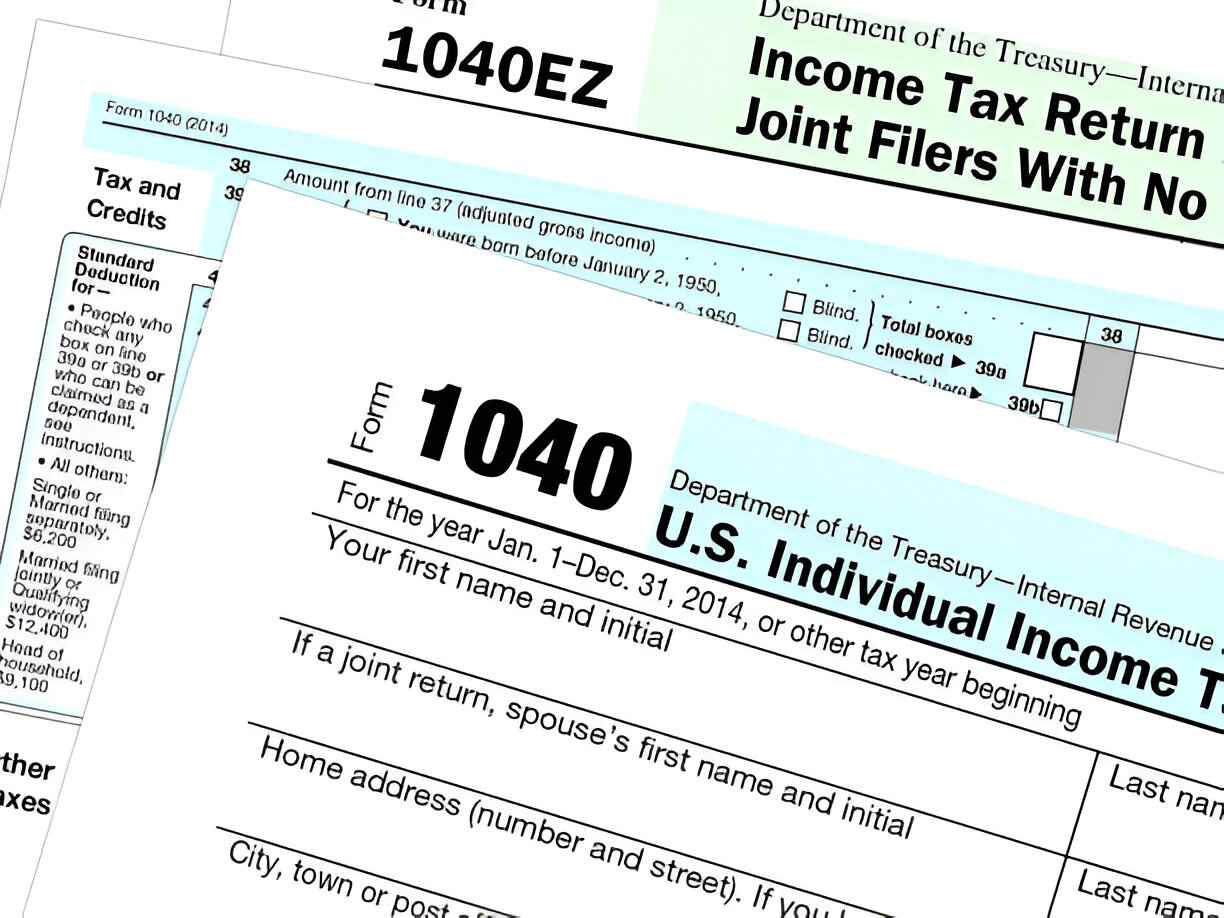The IRS on Oct. 22 released updated tax brackets and standard deductions for 2025.
While the actual percentages of the tax brackets will remain the same until next year because of the Tax Cuts and Jobs Act of 2017, the income levels of each bracket change annually to adjust to inflation.
These tax rates are for the 2025 tax year covering tax returns that will be filed in 2026.
The IRS released the following tax brackets and income levels for 2025:
- 37% for individual single taxpayers with incomes greater than $626,350 and for married couples who file a joint return with incomes greater than $751,600;
- 35% for single filers with incomes over $250,525 and for married couples filing a joint tax return with incomes over $501,050;
- 32% for single filers with incomes over $197,300 and for married couples filing a joint tax return with incomes over $394,600;
- 24% for single filers with incomes over $103,350 and for married couples filing a joint return with incomes over $206,700;
- 22% for single filers with incomes over $48,475 and for married couples filing a joint return with incomes over $96,950;
- 12% for single filers with incomes over $11,925 and for married couples filing a joint tax return with incomes over $23,850;
- 10% for single filers with incomes of $11,925 or less and for married couples filing a joint tax return with incomes of $23,850 or less.
There will also be changes for the standard deduction for the 2025 tax year, the agency said.
- The standard deduction rises to $30,000 for married couples filing a joint tax return, which is an increase of $800 from tax year 2024;
- The standard deduction for single filers and for married people who file separate returns rises to $15,000, up $400 from 2024; and
- The standard deduction for heads of households will be $22,500, up $600 from 2024.
Taxpayers who qualify for the Earned Income Tax Credit (EITC) will also see increases, the IRS said. The maximum credit amount for qualifying taxpayers who have three or more qualifying children will be $8,046 for 2025, up from $7,830 for tax year 2024.
Other notable tax year 2025 adjustments include:
- Alternative minimum tax exemption amounts: For 2025, the exemption amount for unmarried individuals increases to $88,100 ($68,650 for married individuals filing separately) and begins to phase out at $626,350. For married couples filing jointly, the exemption amount increases to $137,000 and begins to phase out at $1,252,700.
- Qualified transportation fringe benefit: For 2025, the monthly limitation for the qualified transportation fringe benefit and the monthly limitation for qualified parking rises to $325, increasing from $315 in 2024.
- Health flexible spending cafeteria plans: For the taxable years beginning in 2025, the dollar limitation for employee salary reductions for contributions to health flexible spending arrangements rises to $3,300, increasing from $3,200 in 2024. For cafeteria plans that permit the carryover of unused amounts, the maximum carryover amount rises to $660, increasing from $640 in 2024.
- Medical savings accounts: For 2025, participants who have self-only coverage the plan must have an annual deductible that is not less than $2,850 (a $50 increase from the previous tax year), but not more than $4,300 (an increase of $150 from the previous tax year). The maximum out-of-pocket expense amount rises to $5,700, increasing from $5,550 in 2024. For family coverage in 2025, the annual deductible is not less than $5,700, increasing from $5,550 in 2024; however, the deductible cannot be more than $8,550, an increase of $200 versus the limit for 2024. For family coverage, the out-of-pocket expense limit is $10,500 for 2025, rising from $10,200 in 2024.
- Foreign earned income exclusion: For 2025, the foreign earned income exclusion increases to $130,000, from $126,500 in 2024.
- Estate tax credits: Estates of decedents who die during 2025 have a basic exclusion amount of $13,990,000, increased from $13,610,000 for estates of decedents who died in 2024.
- Annual exclusion for gifts: This increases to $19,000 for calendar year 2025, rising from $18,000 for calendar year 2024.
- Adoption credits: For 2025, the maximum credit allowed for an adoption of a child with special needs is the amount of qualified adoption expenses up to $17,280, increased from $16,810 for 2024.
By statute, certain items that were indexed for inflation in the past are currently not adjusted, including:
- Personal exemptions: For tax year 2025 this remains at 0, as in tax year 2024. The elimination of the personal exemption was a provision in the Tax Cuts and Jobs Act of 2017.
- Itemized deductions: There is no limitation on itemized deductions for tax year 2025, as in tax year 2024 and preceding, to tax year 2018. The limitation on itemized deductions was eliminated by the Tax Cuts and Jobs Act of 2017.
- Lifetime learning credits: The modified adjusted gross income amount used by taxpayers to determine the reduction in the Lifetime Learning Credit provided in Section 25A(d)(1) of the Internal Revenue Code is not adjusted for inflation for taxable years beginning after Dec. 31, 2020. The Lifetime Learning Credit is phased out for taxpayers with modified adjusted gross income in excess of $80,000 ($160,000 for joint returns).
Thanks for reading CPA Practice Advisor!
Subscribe Already registered? Log In
Need more information? Read the FAQs
Tags: Income Tax, IRS, Taxes




